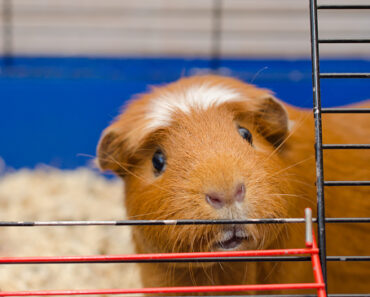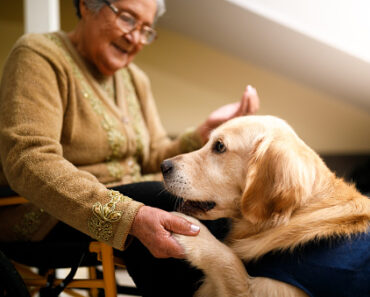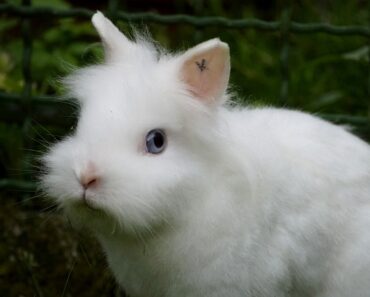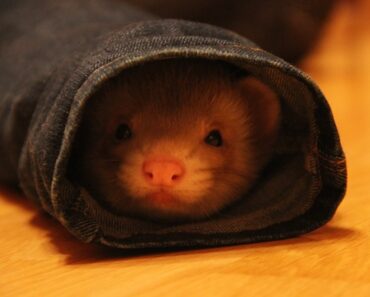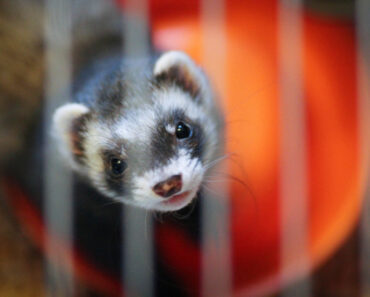Determining the sex of your hamster can be a little difficult in some cases, especially if he is young, not very tame, if you don’t have an opposite sex to compare him to, or if you are inexperienced. But don’t be discouraged, be gentle and patient, because you don’t want to scare him. Pack your little rodent in your hand and position it gently on its back, so you can see its belly. Be careful when handling it, as it may bite, and be careful not to squeeze it too tightly or let it fall.

Watch its belly
Hold the hamster carefully and look near the tail. There will be two openings, one of which is the anus. The other opening will be either the penis or the vulva.
The most obvious difference between the two sexes is the distance: between the anus and the penis, the space is small, but obvious. On the contrary, if the hamster is a female, the space between the vulva and the anus is extremely narrow, even so close that they touch.
The testicles of the male hamster
In male hamsters, the testicles develop and become quite visible with age. Seen from below, they appear as noticeable swellings near the opening of the penis. As the male grows, he can be easily recognized because his testicles are large enough to give his hindquarters a pronounced pointed appearance. The female’s rear end does not have these bulges and appears smooth and rounded. However, the testicles are not obvious in very young male hamsters, as they can also retract them.
The nipples of the female hamster
Female hamsters usually have two rows of nipples on their bellies. As with other sexual characteristics, the nipples become more pronounced as the hamster ages. If you are looking at a female that has already had young, the nipples are more obvious and much easier to see.
It is recommended that hamsters be housed individually, as adults of some breeds have been known to fight and may injure each other. If you decide to house your hamsters together, it is best to determine the sex as soon as possible if you don’t want to have many young on hand. Females can breed as early as six to ten weeks of age, while for males, it’s usually before 10 to 14 weeks of age.

